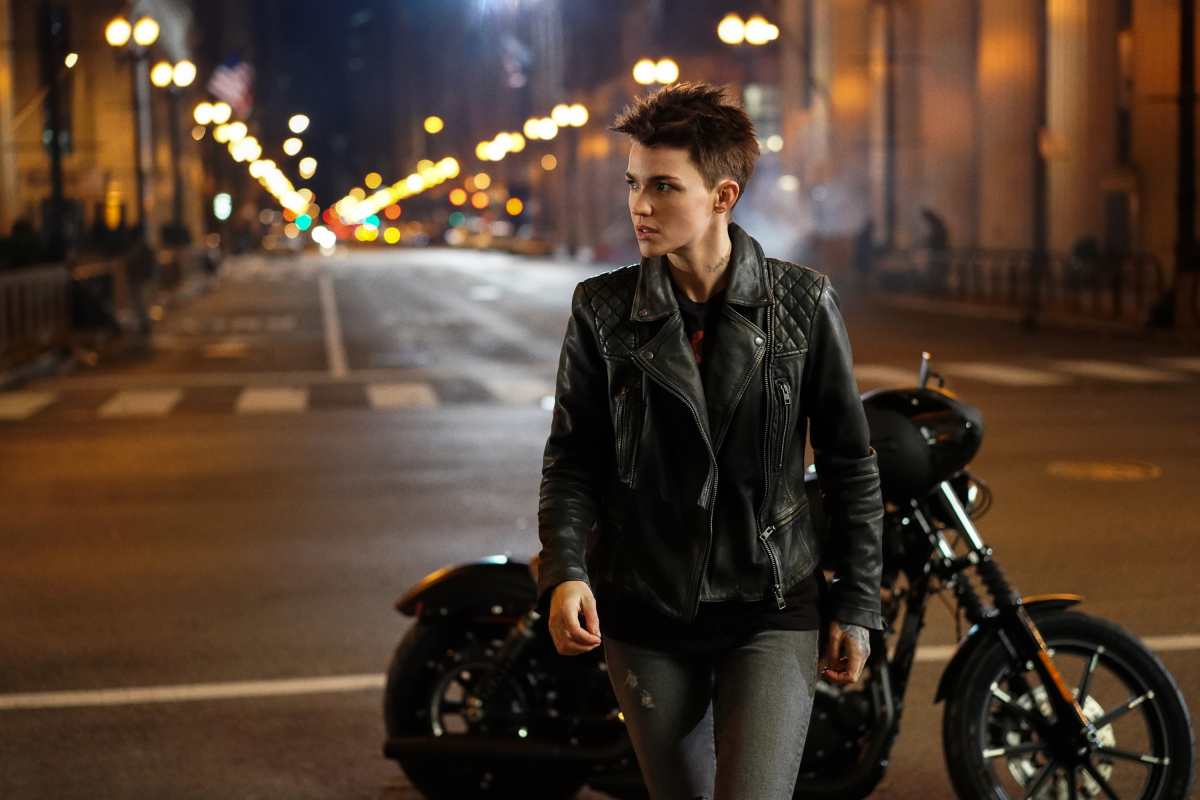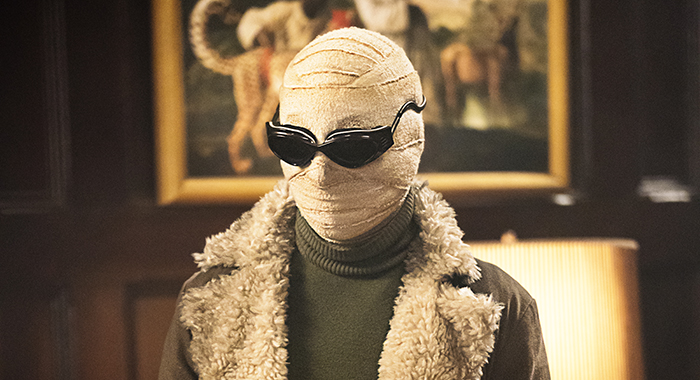One of the best things about there being more television now than there’s ever been is that representation for LGBTQ people on television is better than it has ever been. GLAAD’s annual “Where We Are on TV” report is out and the news is generally pretty good for representation, but as always, there’s room to improve. GLAAD breaks down their findings into three categories: Broadcast, Cable and Streaming and there were gains, losses and gaps in in all the categories.
On the broadcast side of things it should be no surprise that it’s The CW that’s leading the pack in terms of LGBTQ rep, with 15.4 % all LGBTQ bradcast characters appearing on that network. That’s especially notable given that The CW airs fewer hours of programming than it’s larger broadcast rivals. Ruby Rose as Batwoman was specifically noted for making history as the first LGBT title character in a superhero show, as well as the many other queer characters of the Arrowverse, including our first trans superhero, Dreamer (Nicole Maines).

Overall, LGBTQ representation increased on broadcast television with 90 LGBTQ characters, up from 75 .According to GLAAD: “The overall percentage of LGBTQ series regular characters on scripted broadcast is 10.2 percent of all series regular characters, an increase of 1.4 percentage points from the previous year’s 8.8 percent (75 of 857).” Across 111 broadcast shows (sidenote: oh my god there’s so much TV).
The biggest increase was in lesbian representation, which GLAAD notes took a big hit in 2015-16 with the rash of dead lesbians that received so much attention and started Clexa Con and other movements. While there was an increase in transgender representation, there was a decrease in bisexual representation. Additionally, there are no confirmed asexual characters on broadcast television.
On Cable, the numbers are similar to broadcast and also very good. The queerest network this year is Showtime, which boasts myriad series featuring LGBTQ characters such as the upcoming The L Word: Generation Q as well as Billions, The Chi, Kidding, The Affair, Black Monday, Ray Donovan, and Shameless. Showtime beat out other LGBTQ leaders FX and Freeform which also boast significant numbers of LGBT characters. Pose especially leads in trans, POC and HIV-positive representation.

GLAAD notes that we have a bunch of new queer characters on the way in The L Word, but that many of the shows with LGBTQ representation are ending in the coming season. We aren’t ready for Schitt’s Creek to end over on PopTV but I hope One Day At A Time will fill that void. Also of note is that nearly half (44%) of LGBTQ characters are found on three networks: FX, Freeform, and Showtime. While transgender representation on cable has increased significantly, the cancellation of Shadowhunters put asexual rep on cable back down to zero.
On streaming, there has also been an increase in representation, and Netflix continues to lead in numbers. However , GLAAD notes that many of Netflix’s queer characters appear in series that are ending or have ended. While networks continue to add new queer characters, they are also loosing many, and the end of Transparent means that Amazon Prime Video, along with Hulu have no transgender characters at all, which is something GLAAD feels must change. Additionally, with the announced end of BoJack Horseman on Netflix, asexual representation will disappear on TV.

In terms of gender and racial representation on television overall still falls short of accurately representing the demographics of the US population, with women making up only 46% of LGBTQ characters while they make up 51% of actual America. Again, The CW is leading broadcast networks in this area with 49% female characters. In terms of race, ABC leads broadcasters with 52% of characters being POC, with the CW a close second at 51%.
Within the population of queer characters of broadcast networks, demogrpahics were looking good with many more women and people of color in the mix. According to GLAAD; “Last year was the first time that LGBTQ people of color outweighed white LGBTQ people. This year, there are again slightly more LGBTQ POC than LGBTQ white characters, an exciting increase given that LGBTQ POC have been historically underrepresented.”
Another area that GLAAD tackled again this year was representation of characters with disabilities. GLAAD observed that while there had been an increase in representation of characters with disabilities that television still fall “monumentally short of reality” in this area. While 13.3% of non-institutionalized Americans live with disability, only 3.1% of broadcast characters had disabilities.

GLAAD also took time in the report to look at the positive increases in LGBTQ representation in reality, daytime and children’s programming; the last seeing the fastest increase on many fronts, especially streaming. They also looked at other streaming services and noted the many queer characters showing up on Disney+, AppleTV and HBOMax/DCUniverse. This gives us an excuse to talk about Danny The Street – a genderqueer sentient street that uses they/them pronouns and who is certainly the most unique queer character on television (no mention however was made of the love connection between even rat admiral whiskers and evangelist cockroach Ezekiel, but we won’t quibble).
The report is worth digging into deeply if you’re interested, but the people we most hope it will reach are the powers that be in television who we hope will be inspired by the successes and failures noted in the publication and see where they can continue to thrive (let’s go lesbians!) as well as where they can improve (asexuals exist!). Overall, it’s amazing to think of where we are now compared to just a few decades ago when there were only a few networks and barely a queer in sight. There’s an ocean of programming out there now, and a lot of it is out as well. And that’s great.
(via EW, images: Dean Buscher/Sergei Bachlakov/The CW; FX; PopTV)
Want more stories like this? Become a subscriber and support the site!
—The Mary Sue has a strict comment policy that forbids, but is not limited to, personal insults toward anyone, hate speech, and trolling.—










Published: Nov 8, 2019 02:22 pm